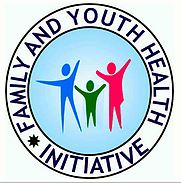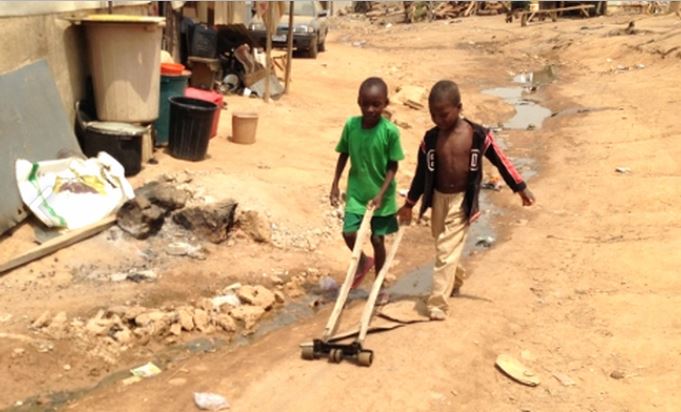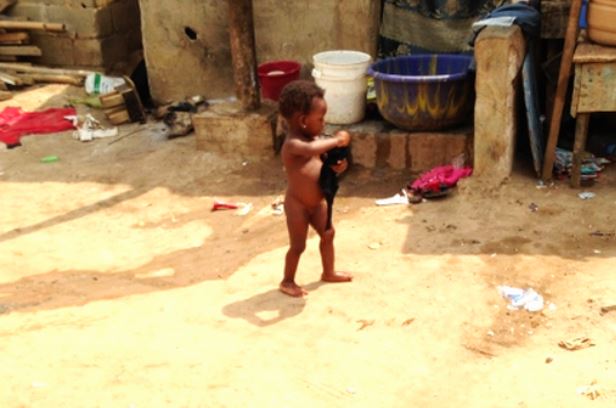Fayohi in Nigeria – reducing preventable diseases and deaths

Rampoldi, ProMosaik. In the following our interview with Ahmed of the
organisation Fayohi
in Nigeria. The Family and Youth Health Initiative (FAYOHI) is a
non-profit, non-governmental organization established by Ahmed M. Sarki in
April 2012 to become part of the campaign for reducing preventable diseases and
deaths in Nigeria, especially in areas that have not been impacted by on-going
health programs in the country.
around communicable and non-communicable diseases (NCDs); neglected tropical
diseases (NTDs); and Sustainable Development Goals (SDGs) 3 and 6. Since its
inception FAYOHI has benefited from strong collaborations with ministries at
state and federal level within Nigeria as well as international collaborations
with NGOs in Cameroon and Uganda. FAYOHI is currently working on one of the
biggest schools health promotion projects in Nigeria targeting 115 secondary
schools and reaching 45300 adolescents in Jigawa state.

What
are the main causes that can prevent the access to health care in Nigeria?
There
are several factors that prevent access to health care in Nigeria. Some of the
key factors however include:
Inadequate
healthcare facilities: Nigeria has one of the highest annual
population growths in Africa and this puts strains in the existing health
facilities that have been struggling with demand for decades.
Inadequate
skilled personnel and under-equipped facilities: In
many remote areas where majority of Nigerians live, you find health facilities
that are inadequately staffed or you find instances where the staff are not
adequately qualified to deal with the complex health issues presented by the
resident populations. For instance, as part of our work in FAYOHI we conduct
needs assessments on remote communities and there was an instance we
came across a community where delivery is received by hand-held torchlight
and grossly under-qualified health personnel. There were other instances where
Primary Healthcare Centers (PHCs) lacked basic provision of water for their
day-to-day use. Not to mention lack of basic and necessary equipment such as
oxygen cylinders in many emergency rooms. Under-equipment of facilities in
particular has undermined patients and public confidence in Nigeria’s
healthcare system.
Means
of accessing healthcare: By this I mean transportation and road
networks linking communities to healthcare centers. Although there are
noticeable improvements in this area, more still needs to be done by the
government towards connecting communities with their nearest health facilities.
Poverty: Increasing
levels of poverty are also a major barrier that prevents access to healthcare
in Nigeria. Although healthcare at the basic level is free, individuals still
have to pay out of pocket for treatments and medication, thereby paving way for
health inequalities to thrive such that individuals at the high-end of the
socioeconomic gradients could afford better healthcare whereas people that are
within lower socioeconomic class cannot afford to pay for life-threatening
conditions such as ‘obstructed labour’ and cancers.
How
do you identify the communities where you intervene?
We
conduct needs assessment but because our priorities are geared towards working
with under-served populations living in hard-to-reach areas in the state we
work is stratified into 5 emirates, it is a bit easy for us to identify a
community we would work.

Do
you offer trainings on health issues to the local communities?
We
offer training only to the volunteers we work with in each community (because
we work with the locals to foster trust between our organisation and the
communities). However, we do run awareness campaigns through Information,
Education, and Communication (IEC) materials and radio interviews.
What
are the initiatives that you address to women and girls?
We
have a strong focus on women health. We design projects that include the female
gender in all age-categories particularly in maternal, reproductive, and sexual
health. For instance, one of our up-coming projects is ‘Schools Health
Promotion Project’ where we would be collaborating with Jigawa state Ministry
of Education to promote health and wellbeing across 115 secondary schools
covering 45,300 pupils aged 14-17 years. There is a module developed
specifically for women with the aim of educating them early-on before they go
into marriage.
Do
you cooperate with local authorities and institutions? If yes, how?
We
definitely collaborate with local authorities and traditional institutions by
designing projects that have direct impacts on the lives of their respective
populations. We pay advocacy visits and hold stakeholder engagement meetings to
rub-minds and exchange ideas on our projects.


